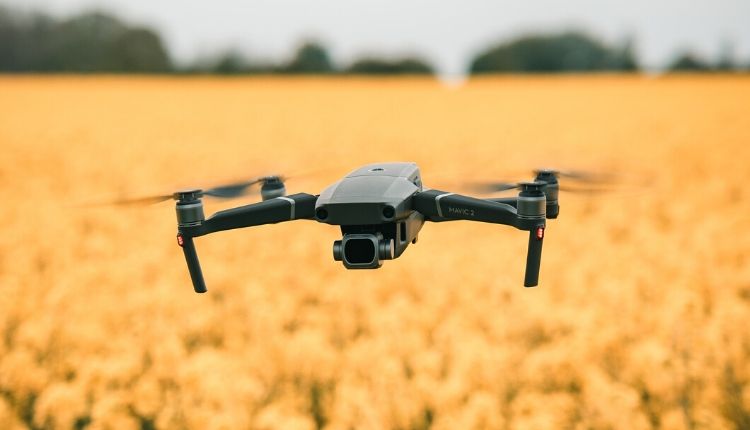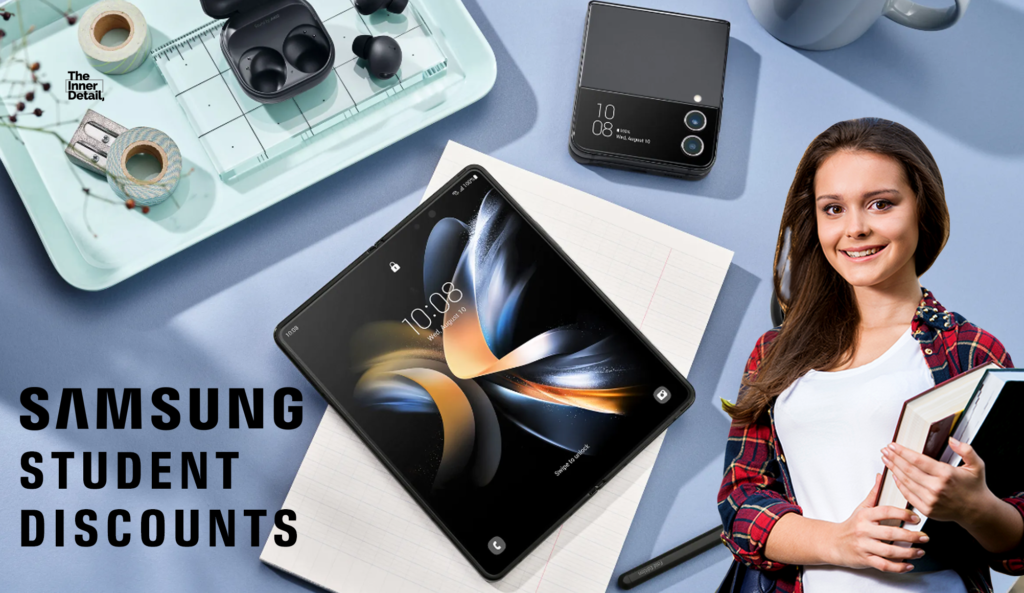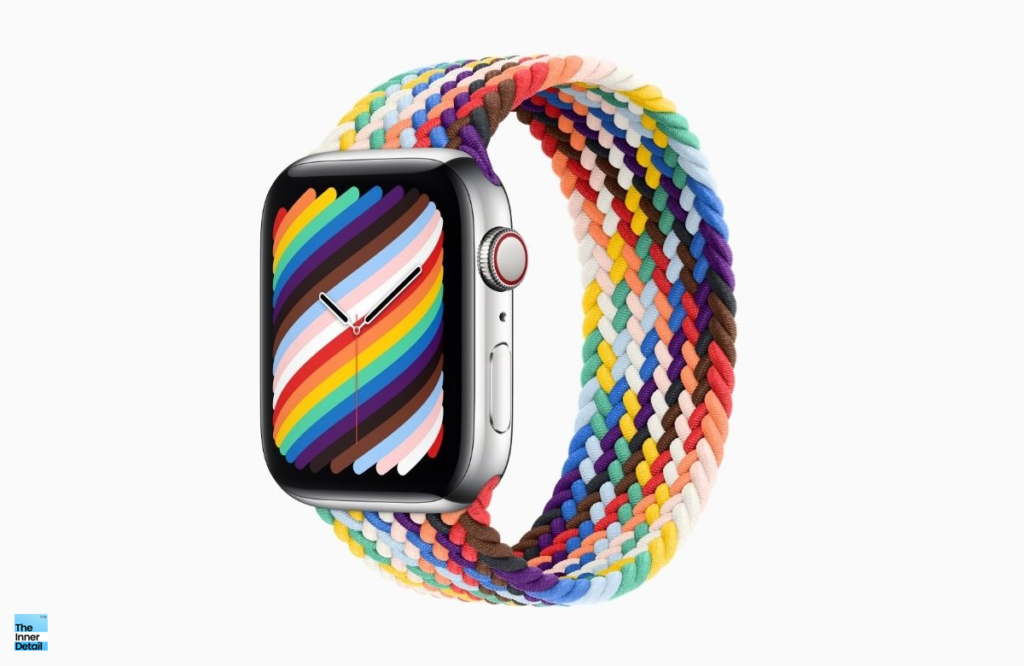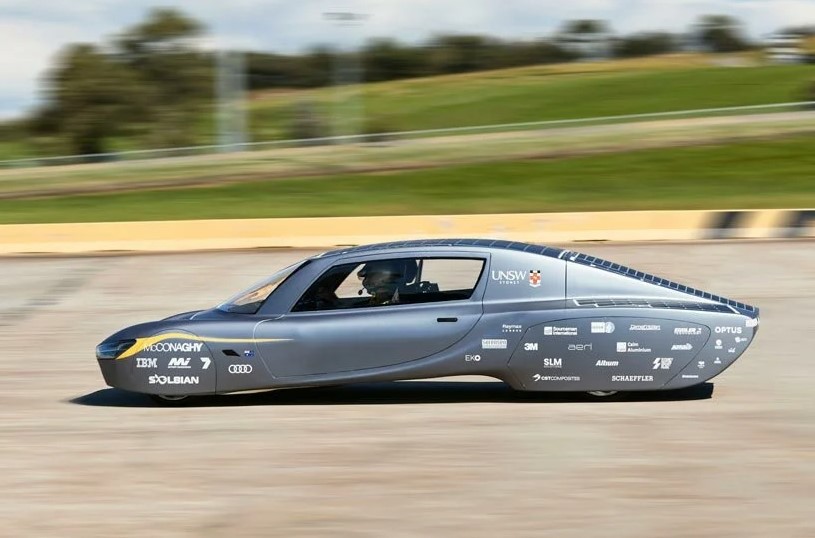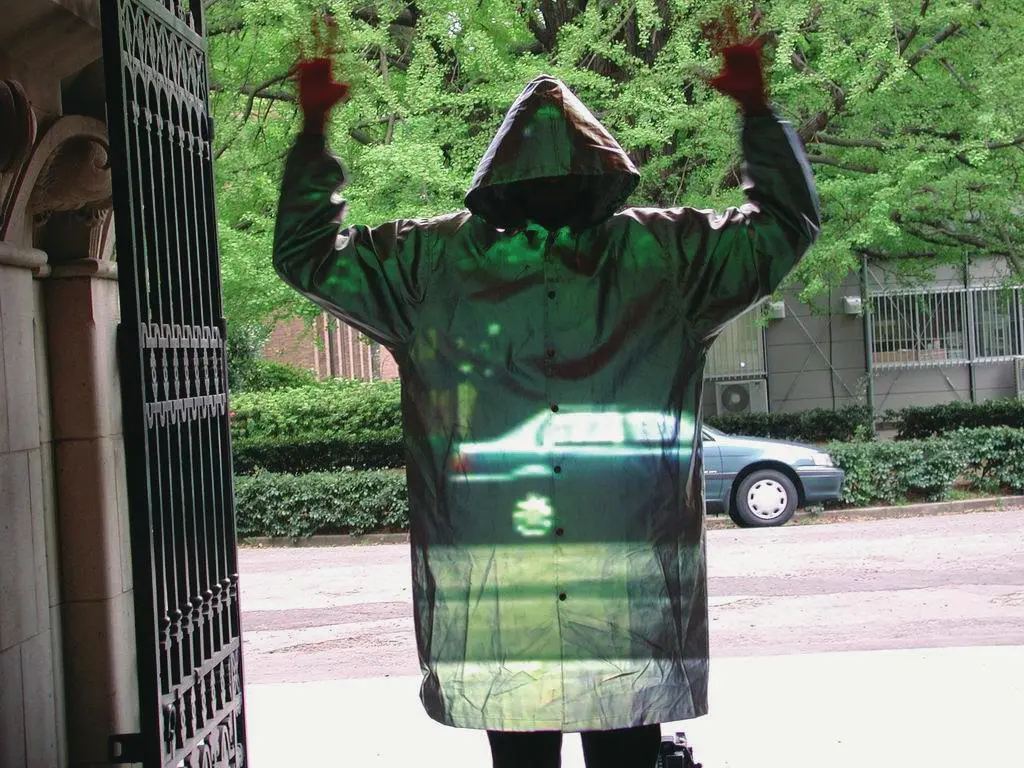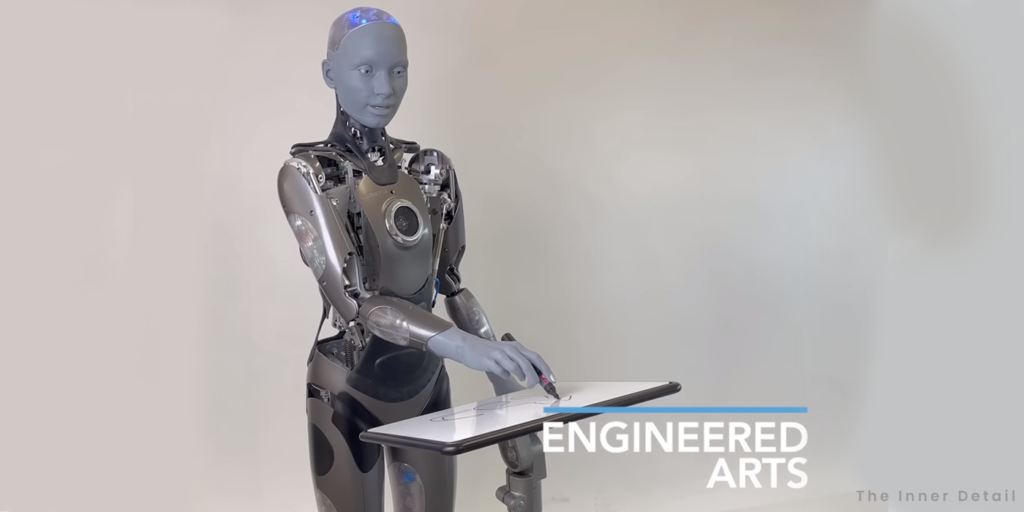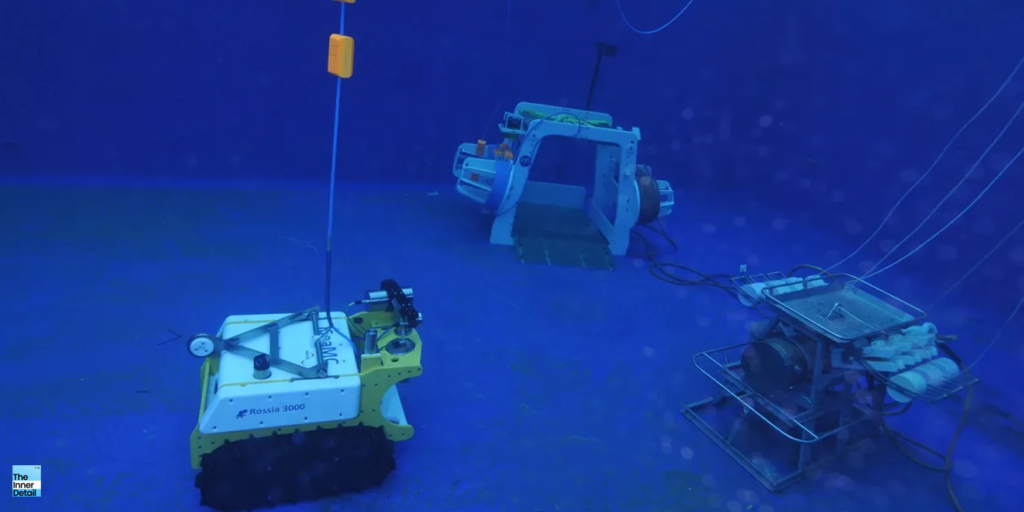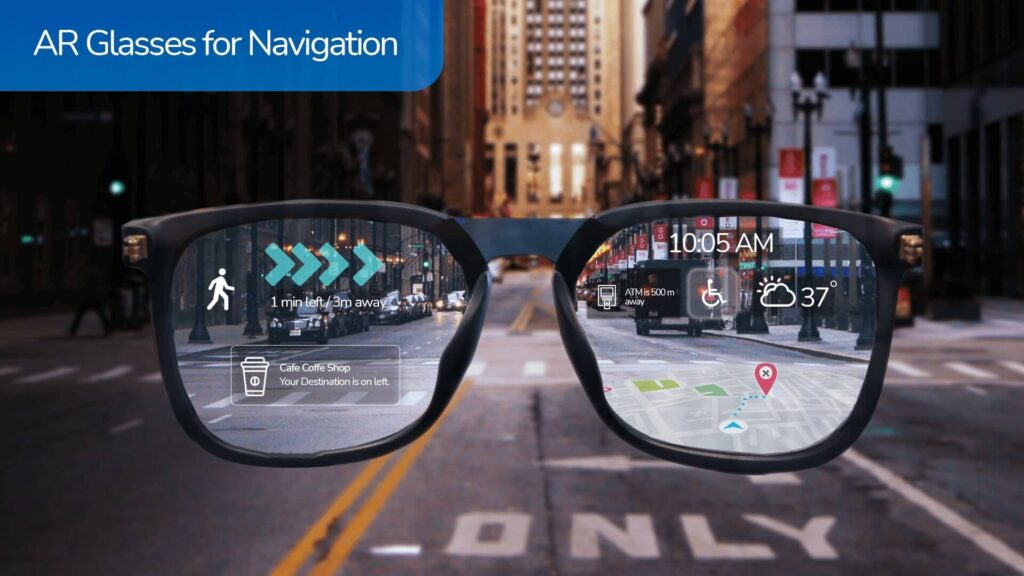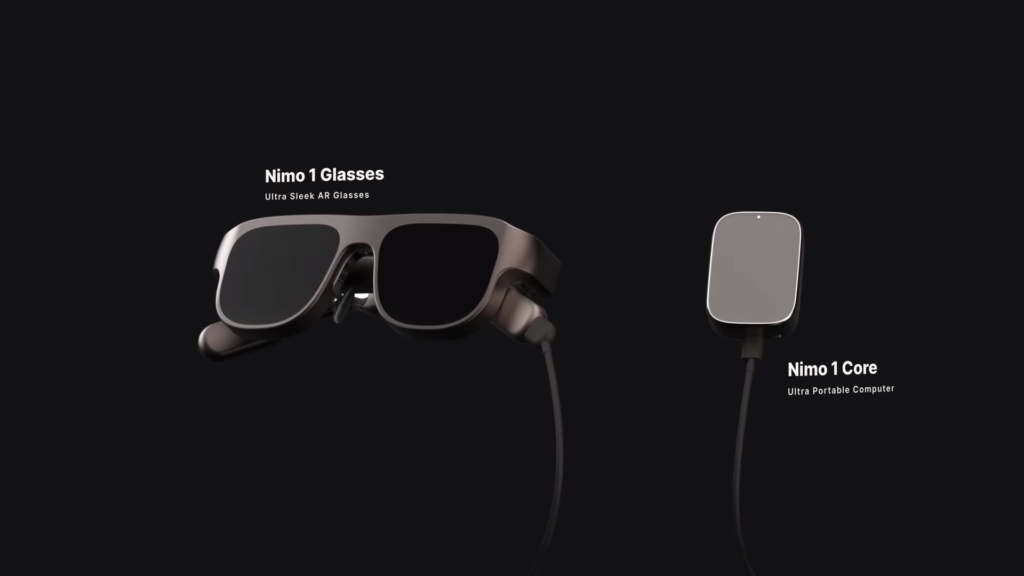Drones can be simply uttered as “unmanned aircrafts, customed for aerial applications and able to navigate by means of remotely execution from ground”. Drones are nothing but upgraded version of unmanned aerial vehicles.
Unmanned Aerial Vehicles (UAVs)
Unmanned Aerial Vehicles are aircrafts capable of flying without a human pilot, incorporating the unmanned aircraft system (UAS), wherein the aircrafts are controlled by a ground-based operating remotely system of communications, either in devices like smartphones, joysticks or in a specific predefined control room. The non-pilot aerial vehicles could also function by highest degree of autonomy (automation), where program is fed by grounded onboard computers and they fly and maneuver on their own, automatically.
UAVs were first originated in 1920s, as remotely-flown target aircrafts in militaries. Militaries are the primary users of UAVs-cum-drones for attacking the targets through missiles, remotely operated from ground.
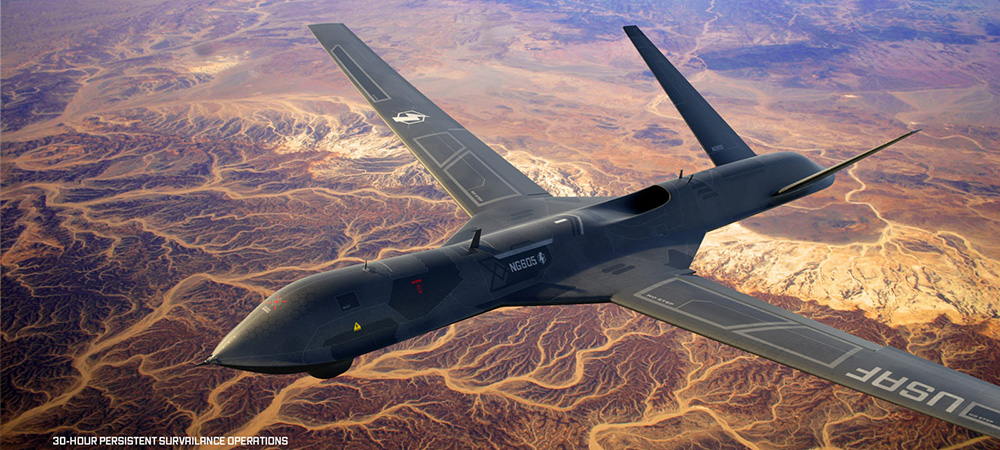
Almost 90% military UAVs are of fixed wing type aerial vehicles, which relay on a pathway for lifting and landing. These are designed to fly up to roughly 9000m and a range over 200km and possess no cockpits or life critical systems as in manned aircrafts but payloads. A proficient UAV must adapt to the varying payloads and still carryout smooth birdlike maneuverability. Payloads can be cameras fixed, or other loads added on for the service.
Though military UAVs owe a large portion of the market, starting from the 20th century, civilian UAVs, notably quadcopters which are simply ‘drones’, have a predominating usance in the 21st century and over a million civilian drones are stocked.
Drones

Drones have been in function for many years and its prevalence is increasing over years due to the adaptation of the technology in various civilian and commercial sectors. In this day, even marriage functions shoot using drones for capturing the best aerial shots of the bride & bridegroom. So, what is it? How can we define drones?
Drones can be simply uttered as “unmanned aircrafts, customed for aerial applications and able to navigate by means of remotely execution from ground”. Drones are widely employed for civilian uses like photography, delivery and others. They can autonomously maneuver for the needs without human control or beyond the line of sight. Generally, drones exhibit rotary type aerial uplifts, meaning it can glide from any surface, needless of any pathway as in fixed wing type; a cinchy way for aerial movements. Drones or quadcopters are made of light composite materials, to account less in weight for increased maneuverability and flight. They can be equipped with cameras, GPS & its guided missiles, navigations, sensors, space for adding loads (for delivery), sensors and other needed software and hardware.
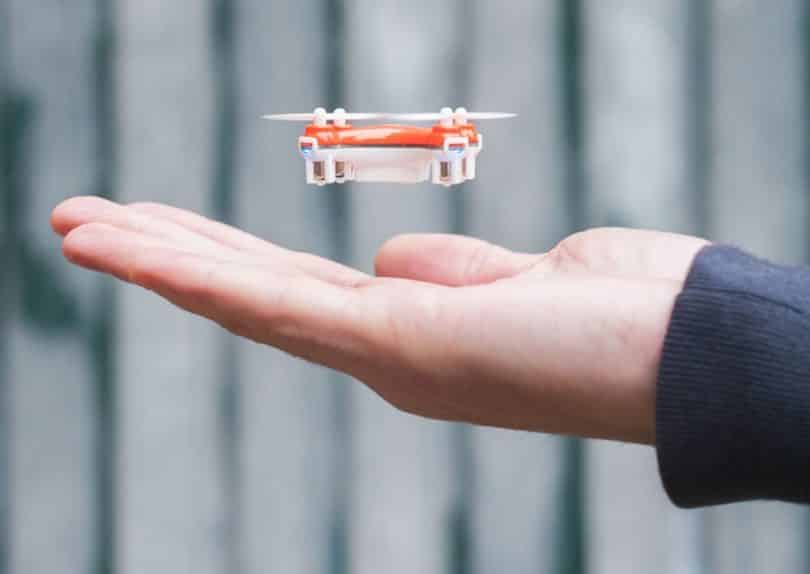
Drones can be widely assorted in three groups: viz, Mini-drones, that fits on your palm and equipped for short range aerial coverage & sensing purposes. Tactical, that cover drones capable of flying up to height of 322 kms and for hours. Strategic, which are mainly for military usages and designed to fly for days and carry weapons. Drones with small, medium and big sizes fit into tactical drones.
Did you know?
'Drone racing' is a sport type where participants control "drones", equipped with cameras while wearing head-mounted displays showing the live stream camera feed from the drones. Similar to full size air racing the goal is to complete a set course as quickly as possible.
How drones function?
The actual functioning of a drone can be studied and understood by distinctly analyzing its components.
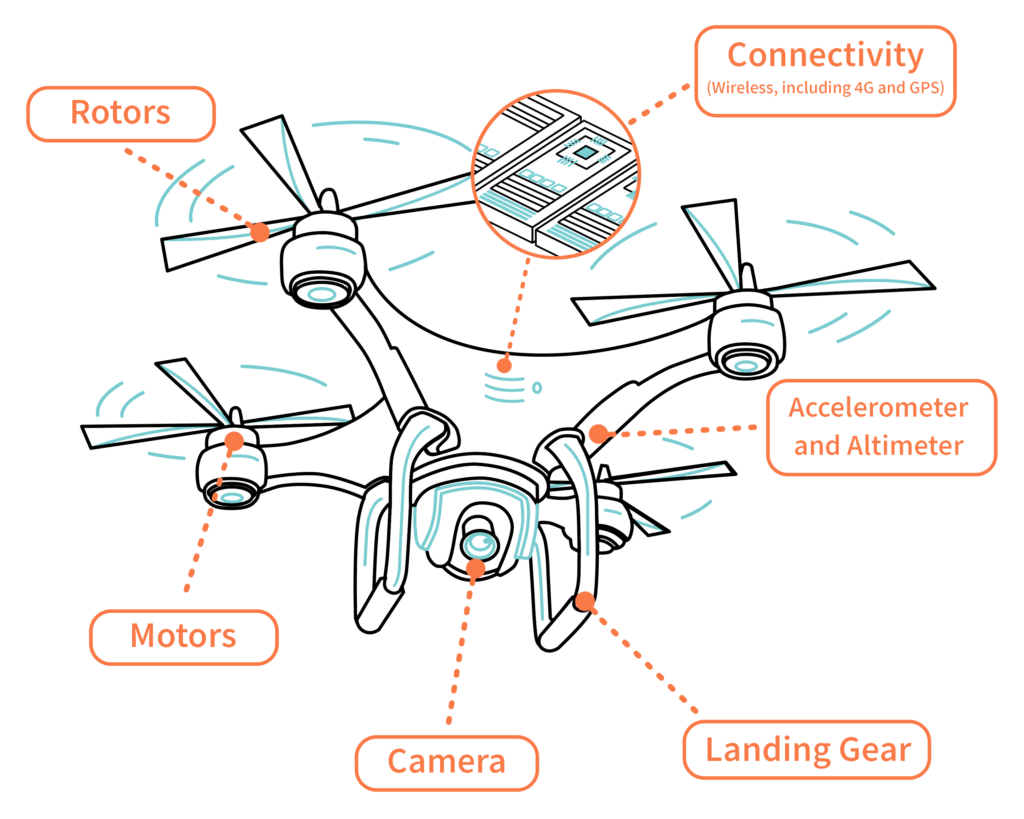
Battery Power
For a drone to be in action, it needs power for functioning. Small rechargeable batteries are fastened in the drones to provide the essential battery resource.
Power resources should be of light weight, again for inducing maneuverability and overall, they should cater 10 – 30 minutes of flight, roughly. Lithium-Polymer batteries (Li-Po) have a great impact in dominating the energy supply of drones. While mini and tactical drones play in this aspect, strategic drones employ jet engines for operating and hence they can withstand in flight for even days.
Connectivity
Drones navigate to the remotely system, by means of a system of communications, accomplished by radio signals or GPS powered systems for the modern drones.
The remotely device, either a device with antenna or smartphones installed with precise app, facilitates the communication with the drones by 2.4 Gigahertz radio signals or with GPS co-ordinates connected via Wi-Fis that creates automated flight path for drones, respectively. Another handy wirelessly-enabled feature is the ability to track battery charge in real time, an important consideration since drones use smaller batteries to keep their weight low.
Modern drones are of ‘follow me’ type, implying with given GPS track of your mobile, it can follow you wherever you go.
Aerial Acrobatics
Drones equipped latest advancements are simply worthless unless they fly. Lift is the key element for the drones to be productive. The aerial lifts should be smoothy and easily portable. Rotors and the propellers afford to the maximum for the aspect.
Usual civilian drones include four electric rotors connected with four propellers, two of which rotate in opposite directions with respect to the other two, thus proffering the required thrust & torque for the lift (aerial acrobatics). As they carry four rotors & propellers, they are referred commonly as ‘quadcopters’.
Drones need more rotors for stabilizing to pull off their automated functions. But increase in rotors increases the weight, requiring more force for lift. Drone simulation must owe a large part of its capability of lift. Most consumer drones don’t get more than 15 – 20 minutes of flight time.
Accelerometer & Gyroscopes
The on-flight maneuverability, to navigate, to turn around to the required directions are effectuated with the help of accelerometers and gyroscopes and also by sensors.
An accelerometer feeds the drone information about its speed and direction, while an altimeter tells the machine its altitude. These features also help a drone land slowly and safely, preventing it from sinking into an air vacuum called a wash that could pull the aircraft down in an unpredictable way.
Gyroscopes along with accelerometers detect linear acceleration, tilt and other directional cues for keeping them in air to set off the tasks.
For a drone to enable directional drift, two of the rotors begins to spin faster on one side, making a tilt and thus able to turn to the required direction. Different speeds of the propellers enrich for further conclusive directional changes.
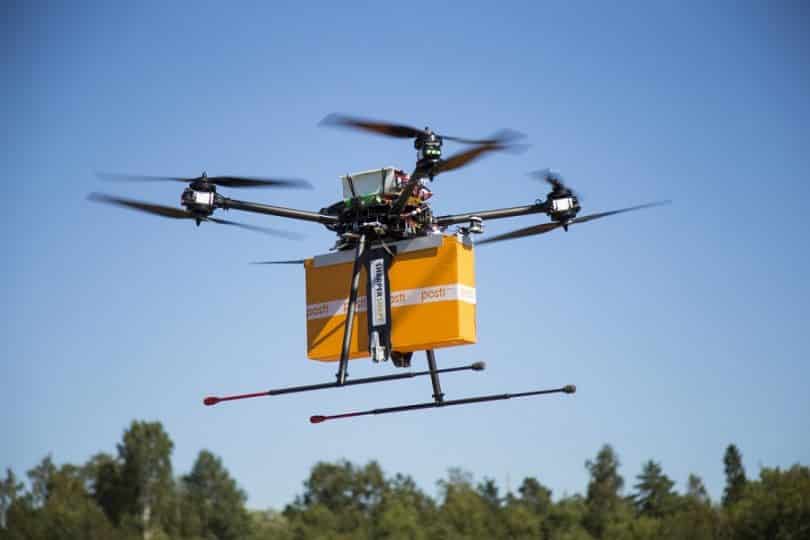
Sensors
Sensors are commonly employed as actuators for detecting the rotor speeds, and manipulating it for tilts and movements. While some drones also compass sensors for task accomplishing objectives.
Epilogue – Future Drone Technology
Civilian conventional drones are available just for less than $60, as its base model. The best driving drones are DJ Phantom series & FC 40 Phantom 2 Vision+ that are available for lower $1000 and are capable of flight upto 92 meters and 25 minutes. Parrot AR. Drones 2.0 are available for $400 of 50 meters and 30 minutes as their height and flight limitations. These drones are equipped with 720p & 1080p HD recording cameras.
One estimate conveys that drone technology could create a handful of 100,000 jobs in the next decade and the sector would account in billions. The modern world adapted itself to enhance certain sectors by the application of drones. Besides photography, aerial shots and aerial delivery, drones are employed for search and rescue operations, security surveillance, simultaneous localization and mapping, agricultural uses and so on.
Though civil and commercial drones are banned in many places including US as per Federal Aviation Administration, about one third of the military uses are performed using quadcopters.
Drones and its technology is rapidly extending its application over years and within few years, you will get the Amazon deliveries from drones of ‘Amazon Prime Air Service’, assured for 30 minutes to 1 hour deliveries. The days are not so far.
Educate, Innovate and Fit yourself to the changing world!
References:https://en.wikipedia.org/wiki/Unmanned_aerial_vehiclehttps://www.mydronelab.com/blog/what-is-a-drone.htmlhttps://science.howstuffworks.com/transport/flight/modern/drones.htmhttps://www.ctia.org/news/up-up-and-away-how-do-drones-work
